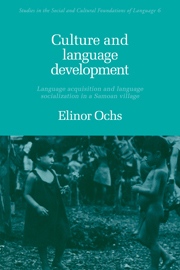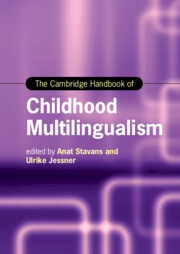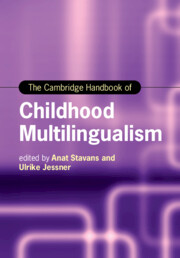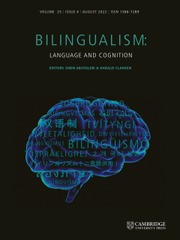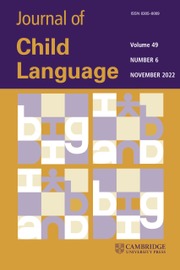Reflections on Psycholinguistic Theories
In a work that is part memoir, part monograph, Nigel Duffield offers a set of lyrical reflections on theories of Psycholinguistics, which is concerned with how speakers use the languages they control, as well as with how such control is acquired in the first place. Written for professionals and enthusiastic amateurs alike, this book offers a 'well-tempered' examination of the conceptual and empirical foundations of the field. In developing his ideas, the author draws on thirty years of direct professional experience of psycholinguistic theory and practice, across various sub-disciplines, including theoretical linguistics, cognitive psychology, philosophy, and philology. The author's personal experience as a language learner - more importantly, as the father of three bilingual children - also plays a crucial role in shaping the discussion. Using examples from popular literature, song, poetry, and comedy, the work examines many of the foundational questions that divide researchers from different intellectual traditions: these include the nature of 'linguistic competence', the arbitrariness of language, and the theoretical implications of variation between speakers and across languages.
- Original use of literary examples, including popular literature, provides a fresh perspective on high-level topics in the psychology and philosophy of language
- Interdisciplinary, it relates philosophical and psychological theories of language and mind, to sociolinguistics, historical linguistics, stylistics, as well to theories of arithmetic and physical architecture
- Accessible to non-expert readers, it assumes little prior knowledge of particular linguistic theories and uses non-technical language to present its ideas
Reviews & endorsements
‘This book is unique. Other books discuss the relationship between formal and experimental linguistics. This book does so through the lens of music, poetry, and personal experiences. This melding of art, personal experience, and science make the book an excellent read and a great learning experience.' Natasha Warner, University of Arizona
Product details
March 2018Hardback
9781108417150
410 pages
235 × 157 × 21 mm
0.76kg
Available
Table of Contents
- Introduction
- Part I. Both Sides, Now:
- 1. Breaking us in two
- 2. Marr's Vision I
- 3: Marr's Vision II
- Part II: Six Different Ways
- 4. (Case #1): 'Starry, starry night'
- 5. (Case # 2): 'There's a word for it'
- 6. (Case # 3): 'Running up that hill'
- 7. (Case # 4): 'Me, myself, I'
- 8. (Case # 5): 'Be my number two'…won't you?
- 9. (Case # 6): 'Cwucial questions'
- Part III. Say it ain't so, Joe:
- 10. A is for Abstraction (and Ambiguity)
- 11. B is for Arbitrariness
- 12. C is for Competence~Performance, and Proficiency
- 13. F is for Functions of Language
- 14. G is for Grammar
- 15. H is for Homogeneity
- 16. I is for Internalism (I-language)
- 17. J is for Judgment
- 18. N is for (Chomskyan) Nativism
- 19. O is for Object of Study
- 20. P is for Poverty of the Stimulus (Good Arguments)
- 21. R is for (Exophoric) Reference
- 22. T is for Sentence
- 23. V is for von Humboldt (Discrete Infinity)
- 24. Ω is for Love
- Part IV. A Tale of Two Cities:
- 25. 'I ain't bovvered'
- 26. 'Who did say that?'


